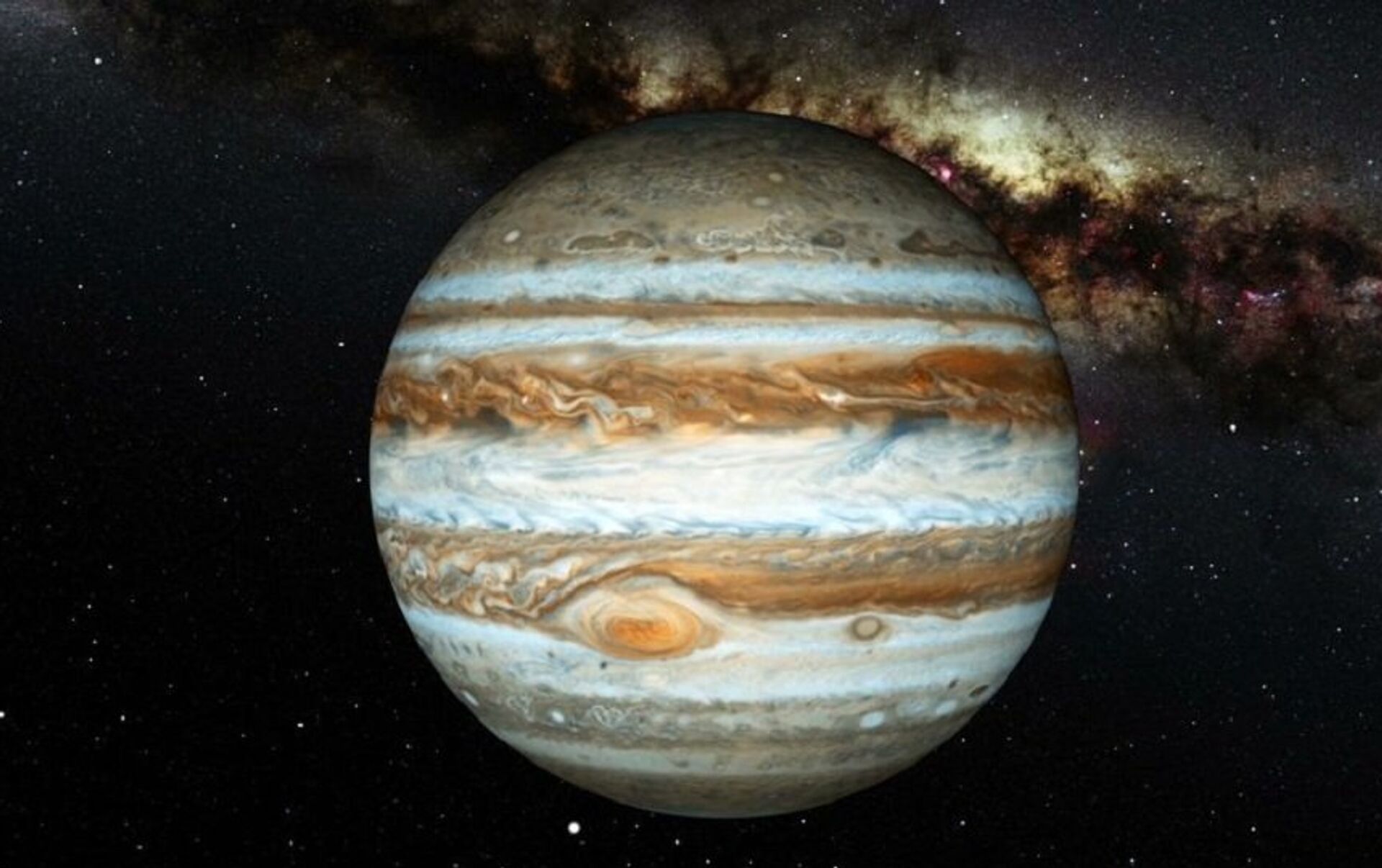Jupiter is the fastest planet in the solar system. How come? Its size doesn’t allow it, right? Think again. First, it’s a gas giant like Uranus, Saturn, and Neptune all of which spin faster. Though, here’s the catch for Jupiter, its gravity works wonders.
Here are 7 Amazing Truths about Jupiter.
Jupiter is first in many things
Besides being the largest and fastest, the planet prides itself in many firsts. It has the strongest magnetic field of the planets. 14 times stronger than Earth’s. Moreover, it has the largest moon in the solar system. Ganymede is the name of the moon. It was discovered by astronomer Galileo Galilei in 1610 and hence named in his honor. It spans 5,268 km across its center. This makes it bigger than Mercury. Other big moons of Jupiter are such as Io, Europa, and Callisto.
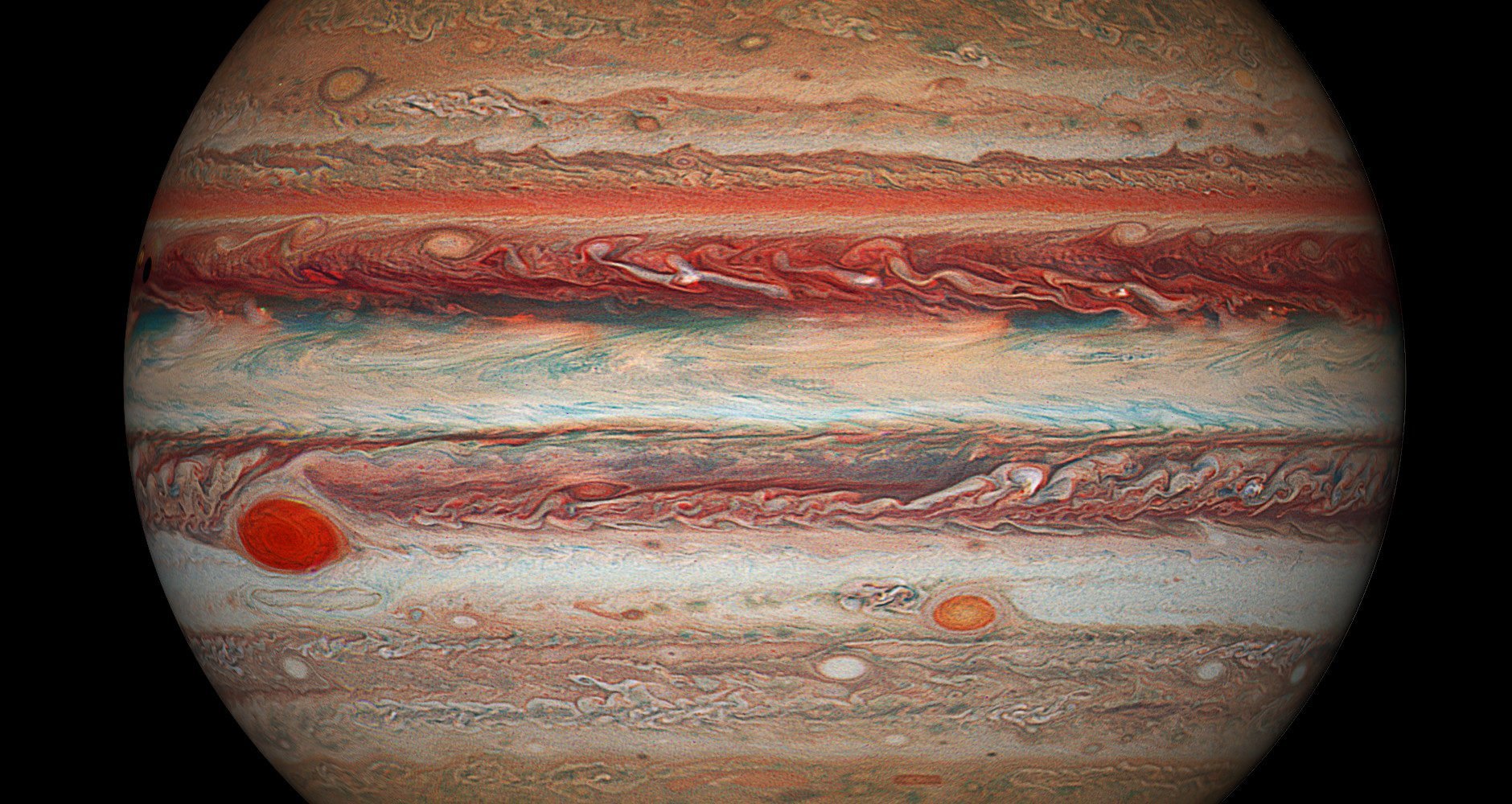
Jupiter’s Great Red Spot (GRS) is enormous
This isn’t a spot. Three Earth-sized planets can fit inside it because it is more than 16,000 km east to west. The GRS has been around for over three centuries. According to planetary scientist Paul Byrne, this spot is clouded. More like what we know on Earth as a “storm” but in a supersized sense.
Scientists are divided on the cause of the red color. To some, it’s the effect of chemicals burrowed deep beneath the storm’s cloud tops. Others think that sunlight is responsible. It splits up the chemicals in the storm’s(clouds) upper atmosphere hence the red color. This means that the top of the Great Red Spot is deep red. But the rest of the places may not be very red.
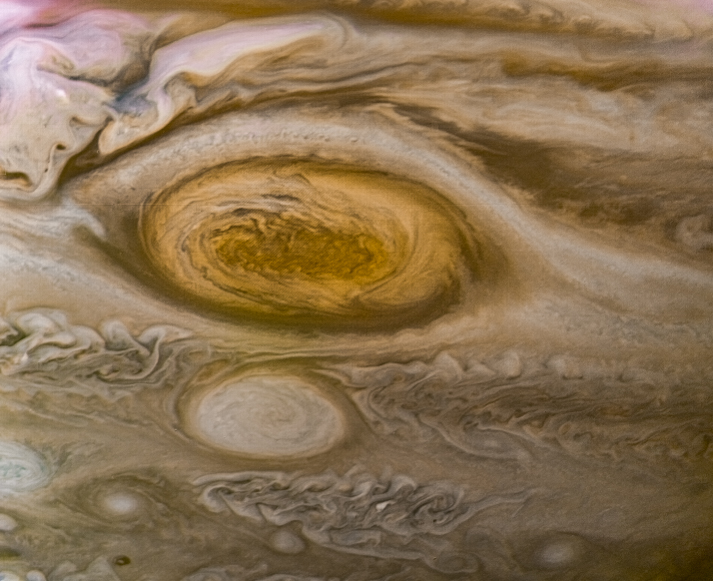
Jupiter’s moons can host life
The moons of Jupiter are a total of 80 or thereabout. About 57 of them are confirmed and the rest await affirmation after discovery. Thus Saturn leads in the number of moons as it has 83 with 63 already confirmed.There is the noise that several of Jupiter’s moons can harbor life. This is because they have oceans beneath their crusts which is a good sign for life support.
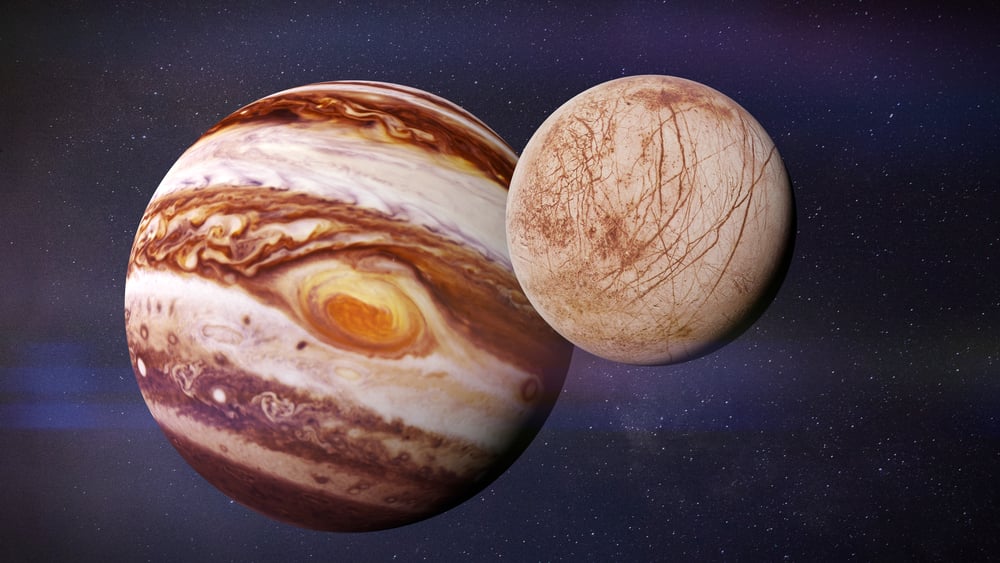
Jupiter vacuums our space
As earlier pointed out, Jupiter’s gravity glues matter to its surface. Furthermore, this high gravity has the potential to deflect “space junk” such as comets. So it prevents unwanted material from entering the inner solar system made of Mercury, Venus, Earth, and Mars. This gravitational shield keeps the terrestrial planets safe from space threats.
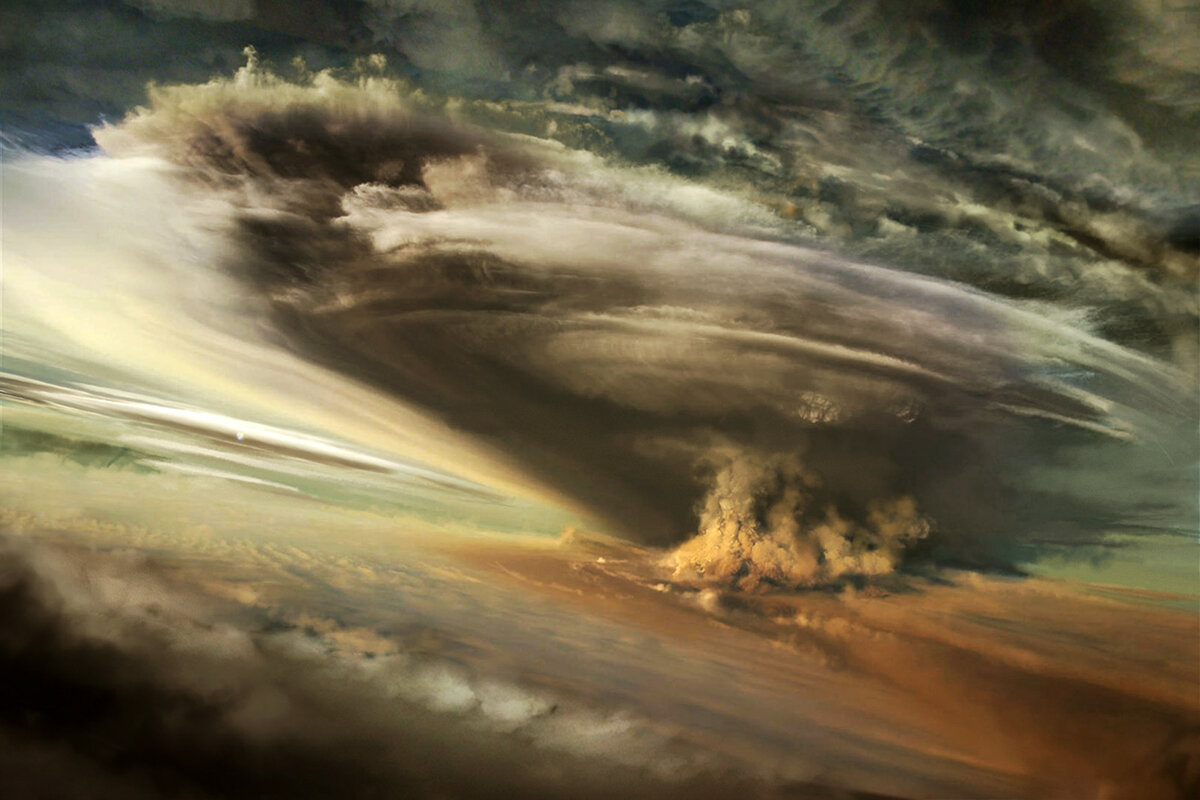
It has the fastest day among planets
You call it the fastest or shortest day, it’s the same. Jupiter rotates on its axis at a speed of 12.6 km/s or 45,300 km/h. Thus a Jovian day is about 10 hours. This high velocity has affected its shape a little bit. At the poles, Jupiter tends to flatten yet bulge at its equatorial section. So it ends up with an oblate shape.

Jupiter has unique clouds
Clouds play an important role in Earth’s weather. Our planet’s clouds consist of water drops or ice crystals floating in the sky. In the contrast, Jupiter has clouds composed of ammonia crystals, sulfur, and a fusion of the two compounds. These components are found in the planet’s cloud belts and zones in its upper atmosphere.

Jupiter is King
There’s a twofold to this one. First, Jupiter got its name because of its huge size. It is named after the king of the ancient Roman gods. The second version nods Jupiter is the largest and most massive planet in the solar system as earlier discussed.
